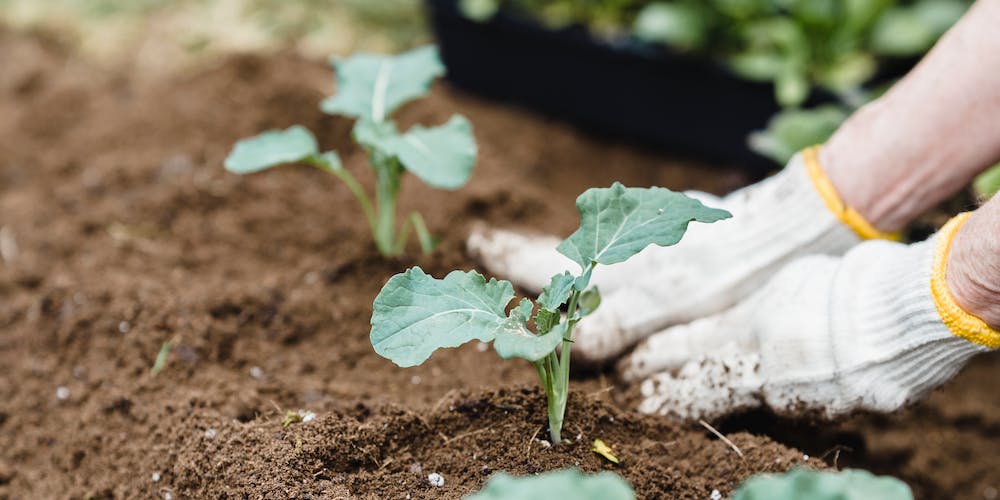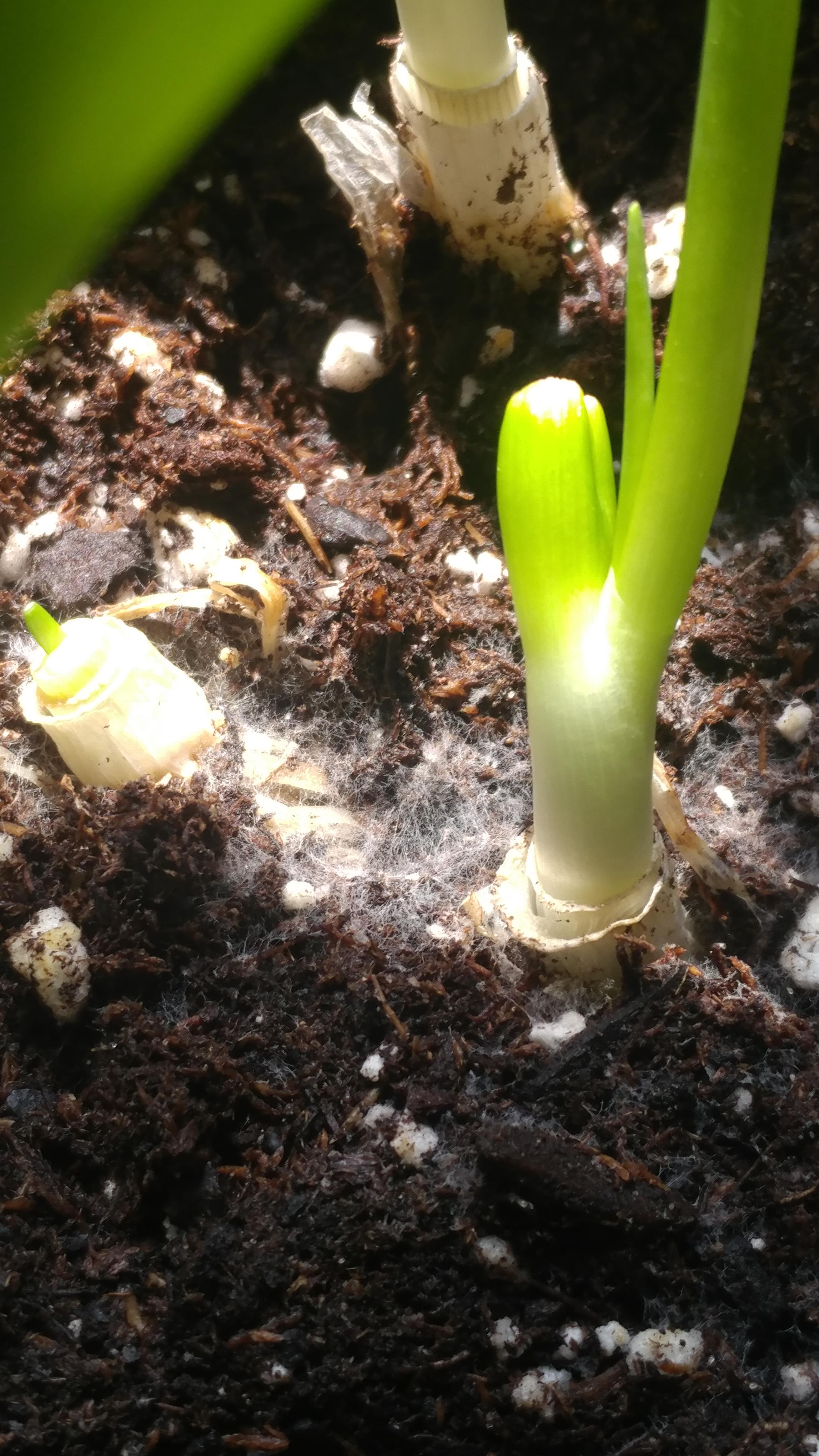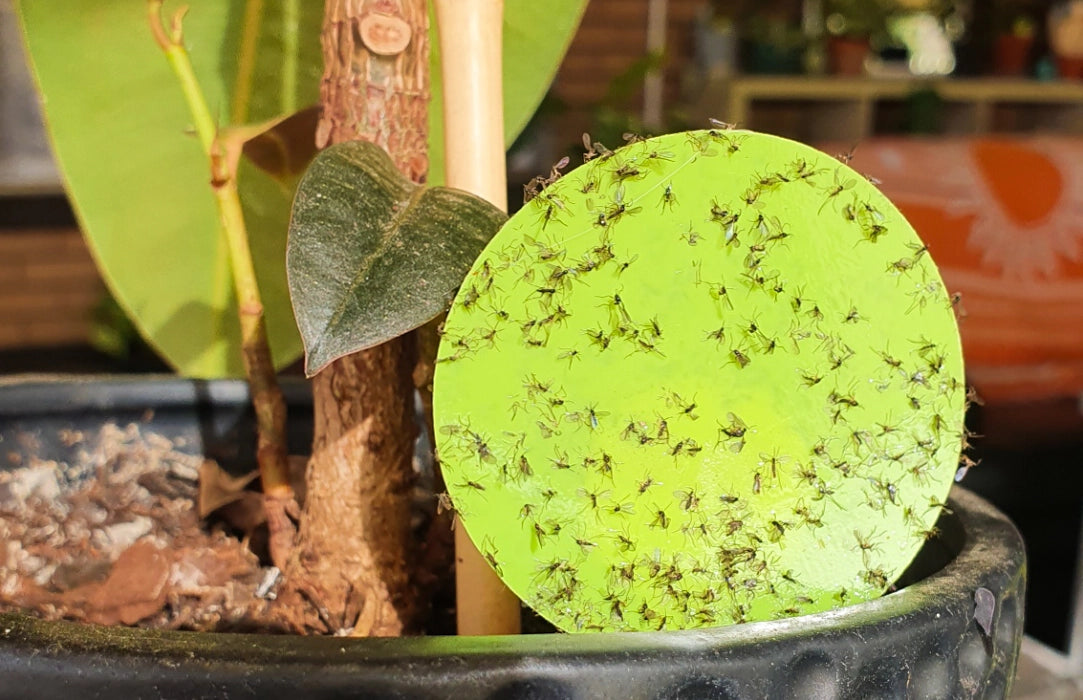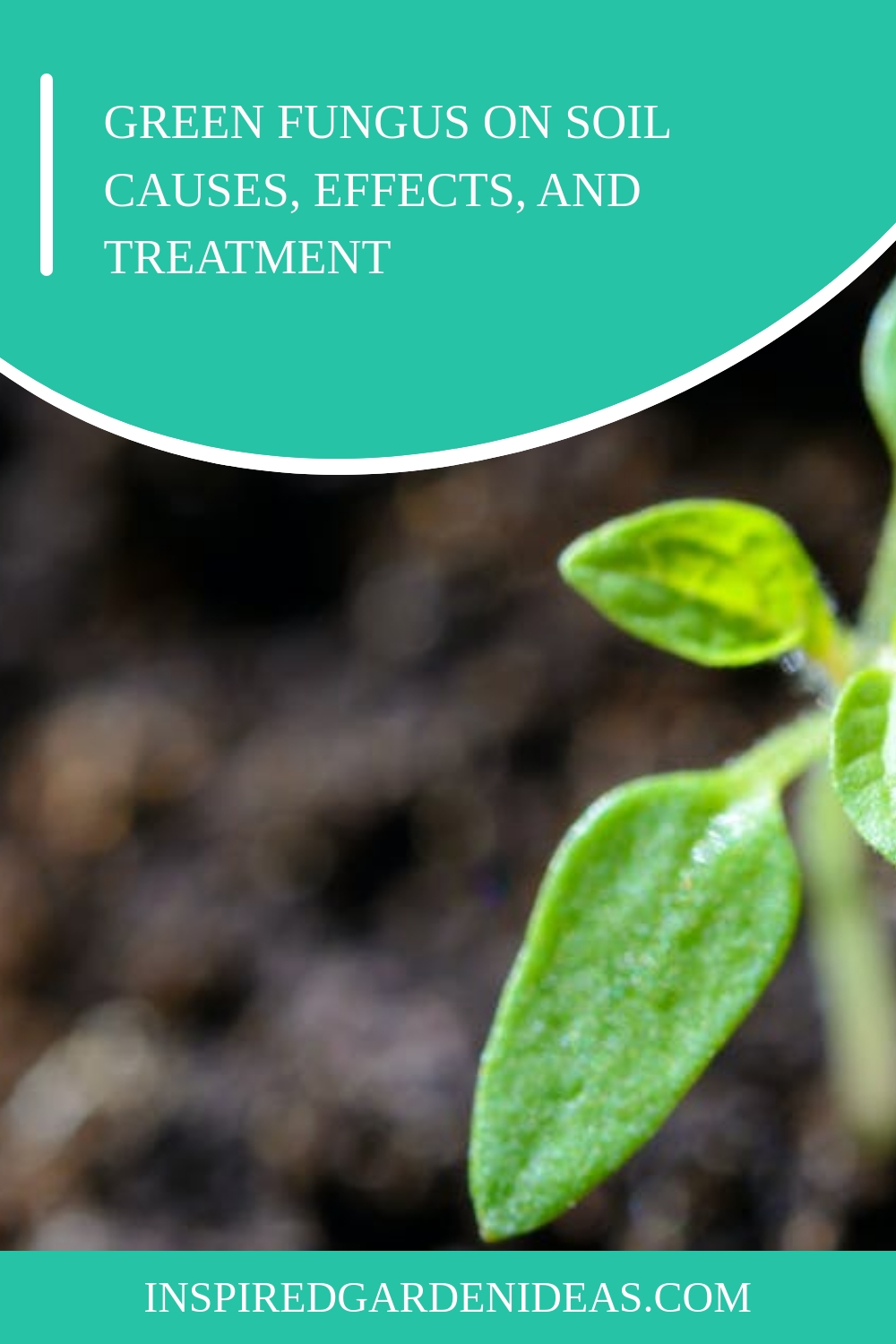Green fungus on soil may sound like a harmless garden decoration, but it can actually be a sign of an underlying issue in your soil. This type of fungus, also known as green mold or green algae, grows on the surface of soil and can be a result of various factors such as poor drainage, overwatering, or nutrient deficiencies. In this article, we will delve into the causes, effects, and treatments of green fungus on soil to help you better understand and manage this common issue in gardening.
Causes of Green Fungus on Soil

There are several possible causes for the growth of green fungus on soil, including:
1. Poor Drainage
One of the main reasons for the appearance of green fungus on soil is poor drainage. When water is unable to properly drain from the soil, it creates a moist environment that is ideal for the growth of fungi and algae. This can happen in gardens with heavy clay soil or areas with high rainfall and inadequate drainage systems.
2. Overwatering
Overwatering is another common cause of green fungus on soil. When plants receive too much water, excess moisture accumulates in the soil, creating a breeding ground for fungi and algae. This can occur when gardeners water their plants too frequently or use improper watering techniques, such as overhead sprinklers that saturate the soil surface.
3. Nutrient Deficiencies
Healthy soil contains a balanced mix of nutrients that support plant growth. However, when certain nutrients are lacking, it can lead to imbalances in the soil and create conditions that favor the growth of fungi and algae. For example, soils deficient in nitrogen or potassium can be more prone to green fungus growth.
4. Organic Matter Buildup
Over time, organic matter such as dead leaves, grass clippings, and other debris can accumulate on the soil surface. This organic matter can provide a food source for fungi and algae, promoting their growth and colonization on the soil.
5. Warm and Humid Environment
Green fungus thrives in warm and humid environments, which is why it is commonly found in tropical or subtropical regions. It can also occur in greenhouses, where high humidity levels are maintained to support plant growth.
Effects of Green Fungus on Soil

While green fungus on soil may not seem like a major issue, it can actually have detrimental effects on your garden. Some of the potential consequences of green fungus growth include:
1. Root Rot
When green fungus grows on the surface of soil, it creates a layer that prevents air and water from reaching the roots of plants. This can lead to root rot, a condition where the roots become damaged and unable to absorb essential nutrients and moisture from the soil.
2. Reduced Plant Growth
Green fungus can compete with plants for nutrients and moisture, leading to stunted growth or even death of the affected plants. This can be especially harmful for young or newly transplanted plants that are still establishing their root systems.
3. Spread of Disease
In some cases, green fungus on soil can be a sign of underlying diseases such as fungal infections that can spread to healthy plants. These diseases can weaken plants and make them more susceptible to other pests and diseases.
Treatment of Green Fungus on Soil

The good news is that green fungus on soil can be treated and managed with proper techniques and tools. Here are some effective ways to get rid of green fungus on soil:
1. Improve Drainage
If poor drainage is the cause of green fungus growth, then improving the drainage in your garden can help eliminate the issue. This can be done by incorporating organic matter such as compost or vermiculite into heavy clay soils, or by creating drainage channels or installing drainage systems in areas with high rainfall.
2. Adjust Watering Practices
Proper watering practices can also help prevent the growth of green fungus on soil. This includes watering deeply but infrequently to avoid creating a moist and stagnant environment that promotes fungal growth. Using drip irrigation or soaker hoses can also help deliver water directly to the plant roots without saturating the soil surface.
3. Balance Soil Nutrients
If nutrient deficiencies are causing green fungus growth, then adding fertilizers or organic amendments to the soil can help restore balance and discourage fungal growth. Conduct a soil test to determine which nutrients may be lacking and adjust your fertilization routine accordingly.
4. Remove Organic Matter Buildup
Regularly removing dead leaves, grass clippings, and other debris from the soil surface can help reduce the food source for fungi and algae. You can use a rake or handpick these materials, being careful not to disturb the soil structure.
5.Harvest, Clean and Rotate Crops
For those who grow plants in greenhouses or indoor gardens, it is important to clean and rotate crops regularly to prevent the buildup of organic matter and potential disease spread. Harvesting mature plants and cleaning the soil surface before planting new crops can help maintain a healthy growing environment and prevent green fungus growth.
Frequently Asked Questions

1. Is green fungus on soil harmful?
While green fungus on soil may not necessarily harm your plants, it can affect their health and lead to other issues such as root rot and spread of diseases.
2. Can green fungus be beneficial for soil?
In some cases, a small amount of green fungus on soil can actually be beneficial. It can help break down organic matter and release nutrients into the soil, promoting plant growth. However, an excessive amount of green fungus can have negative effects on soil and plants.
3. How can I prevent green fungus on soil?
To prevent green fungus growth, make sure to maintain proper drainage in your garden, water plants correctly, and balance soil nutrients. Regularly cleaning and rotating crops can also help prevent the buildup of organic matter and potential disease spread.
4. Can I use fungicides to treat green fungus on soil?
Fungicides may be effective in treating green fungus on soil, but they can also harm beneficial organisms in the soil. It is best to try natural methods of prevention and treatment first before resorting to chemical solutions.
5. Can green fungus on soil be a sign of any other problems?
Yes, green fungus on soil can sometimes be a sign of underlying issues such as nutrient deficiencies or diseases. It is important to address these problems to prevent further damage to your plants and soil.
Conclusion

Green fungus on soil may seem like a minor issue, but it can have detrimental effects on your plants and soil health if left untreated. By understanding the causes, effects, and treatments of this type of fungus, you can take proactive steps to prevent its growth and maintain a healthy growing environment for your plants. With proper care and management, you can keep your soil free from green fungus and ensure the success of your garden.


